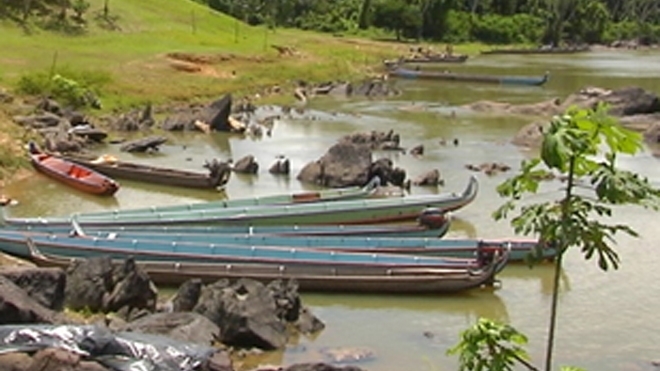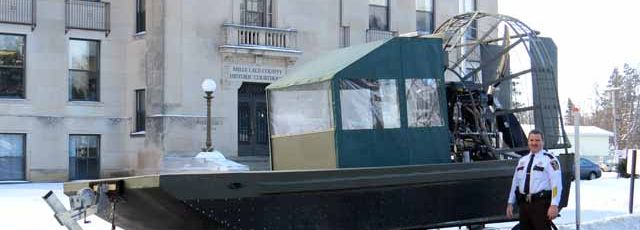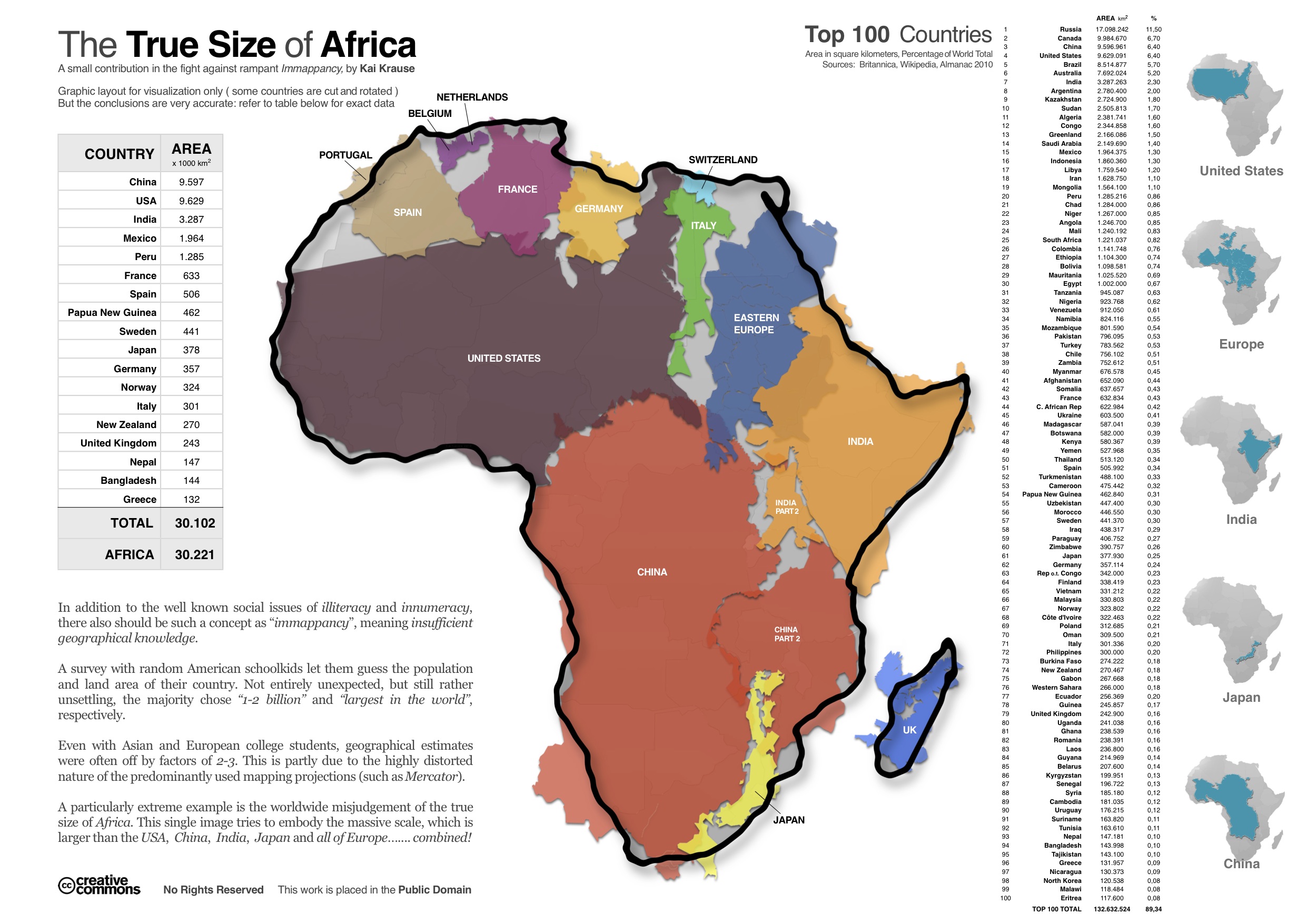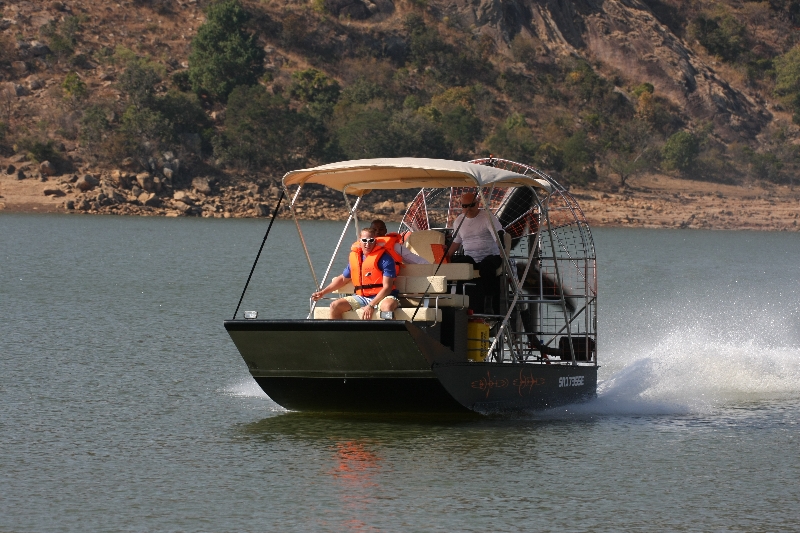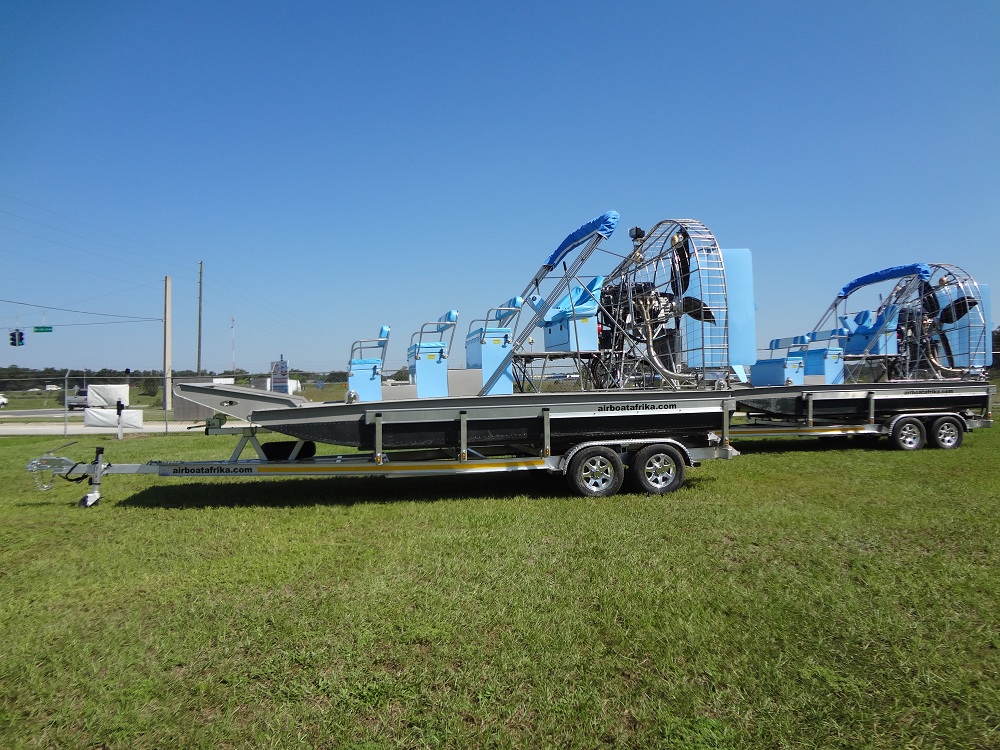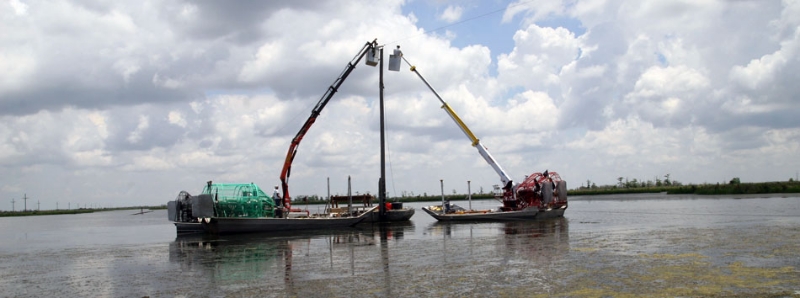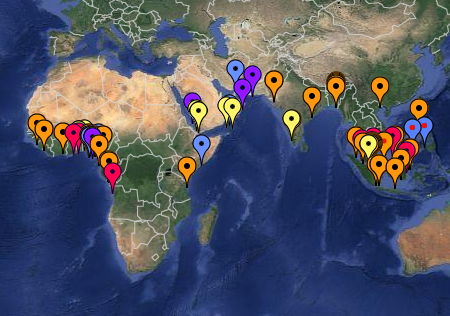home port
Airboat Afrika sells, franchises & operates airboats in Africa. Browsing around, you can learn about airboats and find out why you need one of those nifty little things in airboat applications.
Whether you plan to explore Africa’s rivers and lakes, track wildlife across pristine floodplains, go birding and overnight in a bush camp – or a luxury game lodge – an airboat safari is always an exciting adventure. How often have you had to turn back your 4×4 to look for another crossing? How often have you spent valuable time to disentangle your boat propeller, or even run aground and sustained crippling and expensive damage? How often have you wanted to just keep going – if it weren’t for all the weeds and not enough water under the keel?
Driven by an air propeller – similar to an airplane – airboats have no moving parts below the waterline. Their flat bottoms make airboats an ideal vessel to venture into difficult terrain, such as swamps, marshes, river deltas and estuaries, lakes and lagoons, coastal waters, snow and ice – simply any kind of environment that would not be accessible by conventional means.
An airboat is made up of essentially 3 components: the hull (usually aluminium or fibreglass), a stainless steel propeller guard that includes the engine and seating stands, and a powerful engine-propeller combination.
Airboat hulls are built to be tough and are protected by UHMW polymer coating on the sides and the bottom. An airboat can be very fast on water – up to 100 km/h – but equally easy to handle on land at up to 70 km/h. Having been pioneered in the Florida Everglades, airboat technology has come a long way since and allowed this unusual vehicle to develop an incredible versatility of uses. Popular in tourism, airboat barges ply the swamps of the southeastern US, and especially equipped small airboats are used for fishing and hunting. Airboats have made their way to the Arctic, where you can enjoy them in Alaska or Canada. Thanks to their speed and versatility, airboats are widely used for search & rescue operations by fire departments, airports and law enforcement agencies. In many secluded regions, nature and wildlife conservation would simply be impossible without an airboat to get around.
Industrial and commercial exploration are among the highest-impact human activities on this planet. Hacking away part of the rainforest or raising a high road across marshland cause severe and irreversible damage to the natural habitat. In many cases, airboats have come to be the ideal solution to allow sustainable development – at a fraction of the environmental impact of wheel or track vehicles, and a fraction of the cost of helicopter transport.
Owning an airboat privately will generate many hours of fun. Airboats come as light-built racers or fully equipped fishing boats. Their versatility allows the airboat user to transit from inland waters straight into coastal regions – sandbank or not. Easy to handle, an airboat does not require a ramp or slipway, it can load onto or off its trailer on its own power – without any additional help.
In Africa, airboat engines are preferably automotive and run on regular petrol. Diesel engines can easily be converted to biofuel, affording not only reduced environmental impact, but also some autonomy from the local supply situation. These are important advantages to game reserves and safari lodges.
It looks like a boat, it sounds like an airplane, and it rides like a car – you can try one, or buy one. Ride now. Buy here.



